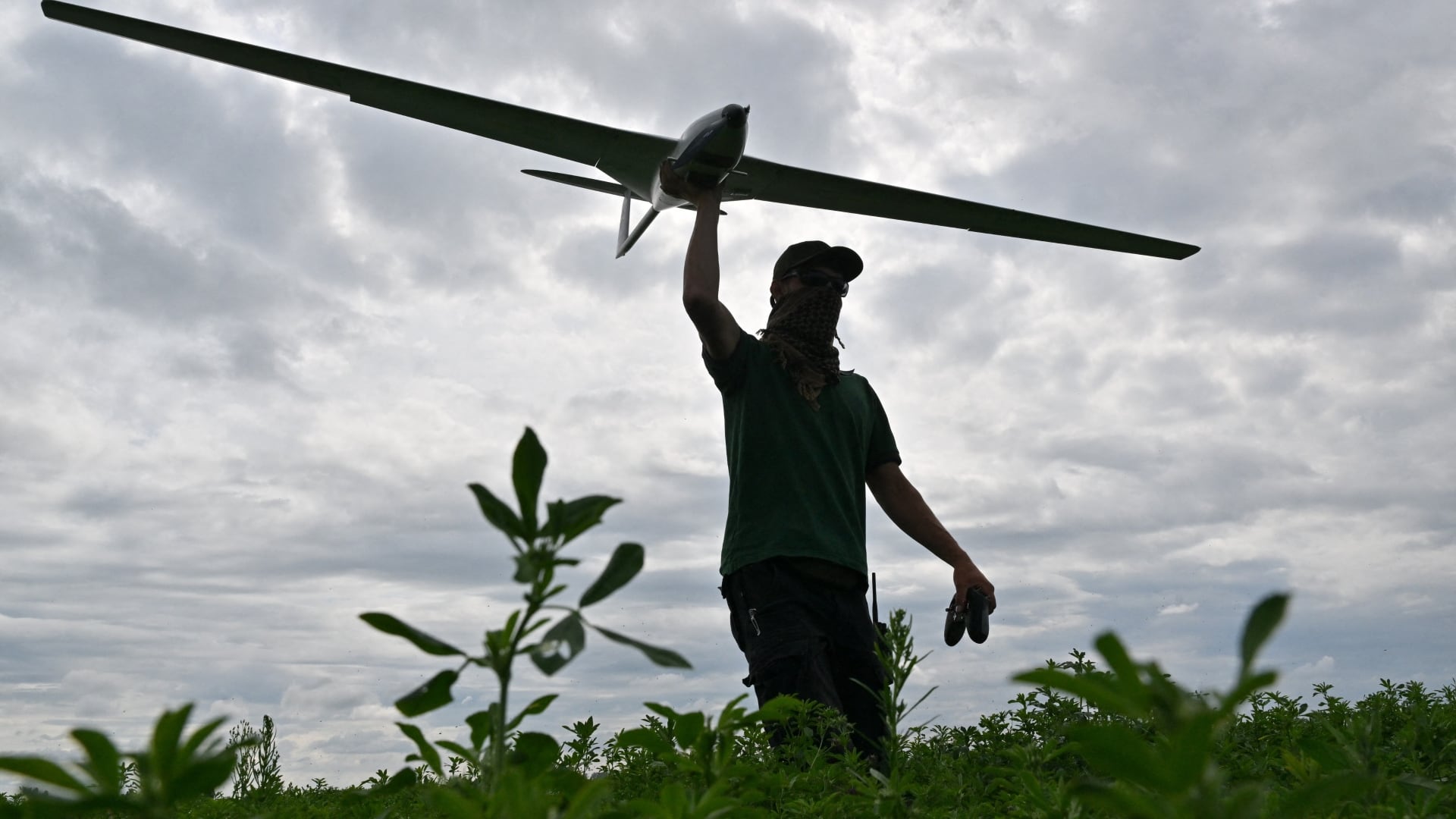Snapchat parent Snap Inc. laid off roughly two dozen people across 8 different teams on Thursday, people familiar with the matter told Cheddar. Most of the layoffs were in Snap’s content division, the people said, which includes editors who curate user-submitted videos for breaking news and other events. A handful of employees in New York and London were also asked to relocate to the company’s Los Angeles headquarters. Some layoffs also took place in Snap's engineering and partnership teams. A Snap spokesperson confirmed the cuts to Cheddar on Thursday but declined to comment further. The layoffs come as the young public company is attempting to revive stagnant user growth with a significant app redesign announced in November. The planned Snapchat redesign is intended to make the app less confusing by separating friend-based communication from publishers and incorporating a Facebook-like feed of video content. While Snap initially planned to make the redesign widely available to users in early December, the company has been slow to make it available outside a handful of countries like Australia and Canada. Snap currently intends to make the redesign available to all users by the end of 2018’s first quarter, according to a person familiar with the matter. Snap’s content division is responsible for working with more than 70 publishing partners like NBC and BuzzFeed to produce original videos for the app. The company recently said that it will use human editors to review user-submitted content that is featured in the redesign app’s feed, a move it hopes will distance the platform from the pandemic of fake news that has plagued rival Facebook. The layoffs come on the heels of a companywide memo Snap CEO Evan Spiegel sent this week detailing the importance of building a “scalable” business. “Having a scalable business model isn’t enough,” Spiegel said in the memo, a copy of which was obtained by Cheddar. “We also need to have an organization that scales internally. This means that we must become exponentially more productive as we add additional resources and team members.” “There is an obvious caveat, of course, which is that not all problems can be solved with scalable solutions - in the case of content review, for example, our editorial team plays an important role,” Spiegel added in another part of the memo. Thursday’s layoffs aren’t the first cuts to hit Snap in recent months. Roughly one dozen members of its hardware division were laid off in September. The company also laid off 18 recruiters in October and said it planned to slow hiring in 2018. You can read Spiegel’s recent memo to Snap employees in full below: > 1) Size vs. Scale? > “Getting Bigger” is not the same as “Gaining Leverage” > All too often in our industry, small startups talk about achieving “scale” when they really mean that they are getting bigger. Getting bigger is not a competitive advantage, unless you are also able to achieve scale - which means generating non-linear returns on your incremental investment. > Our software product, Snapchat, is inherently scalable because we only have to build it one time and millions of people are able to use it. If we add a new feature, we only have to build it once, and millions of people are able to access it instantly. No matter how many people use our service, we only have to build it one time. This is the foundation for a highly successful and profitable technology business. > Having a scalable business model isn’t enough. We also need to have an organization that scales internally. This means that we must become exponentially more productive as we add additional resources and team members. > For example, when we hire one engineer who joins our team and develops a unique tool that makes all of our engineering team members more productive, that one engineer has helped “scale” our team by making the same team more productive without requiring more resources. > Tools like self-serve have helped us rapidly scale our advertising business in ways that simply would not have been possible without it. The momentum we are feeling in our advertising business is the result of brilliant team members at Snap working hard to make themselves and their work more efficient and scalable. > Scaling our business requires ingenuity throughout our entire company so that we are able to solve problems in ways that are efficient, and actually get more efficient as we grow our team and company. An easy way to determine when we are effectively scaling our business is to look at our revenues and our costs. If our revenues are growing substantially faster than our costs, we are scaling our business. > I’m excited to watch our team build new tools and processes so that we are able to get more efficient and productive, and ultimately scale the way we do business inside Snap. Finding ways to automate parts of our business that we are currently working on can free up our team to solve new challenges and create new products. While you’re building things at Snap - ask yourself: is the way I am solving this problem adding size or scale? > There is an obvious caveat, of course, which is that not all problems can be solved with scalable solutions - in the case of content review, for example, our editorial team plays an important role. Nevertheless, asking yourself “Size or Scale?” is a helpful lens to use when you approach problem solving at Snap. > 2) Motion vs. Progress? > One of my favorite things about working at Snap is the truly inspiring momentum that is felt throughout our entire team. The dedication and commitment to true progress is what makes Snap such a unique place to work. We are constantly pushing to improve Snapchat for our community and for everyone who is influenced by our products, ideas and the way that we solve problems. > For example, someone going through the motions asks “How do we get rid of Fake News?” while someone who is concerned with progress asks “How do we provide better news to our community?” > This is the difference between “coders” and engineers. Coders wait for problems to come to them, they go through the motions, they ask for a spec, they fix a few bugs in the queue. When we are at our worst, when we are demoralized and exhausted, we sometimes behave like coders. But we are not coders. We are a team of engineers and proactive problem solvers that is constantly surfacing new ideas and turning those ideas into reality. If there is a coder on your team, you have an obligation to help motivate them and remind them that they are, in fact, an engineer. Snap does not hire coders. > We aren’t just proactive on the big things, we’re proactive on the small things. That means if you’re sitting in a meeting that feels like it isn’t going anywhere - you have the courage to ask “Is this motion or progress?” > When we take responsibility for making progress, we become our best selves, we are inspired to solve problems, and we are constantly reaching for more challenges that help us learn more and get better. > 3) Best thing for everyone at Snap? > I’ve been really excited to hear people asking the question “is this what is best for Snap?” when they are making decisions on our team - but I’d like to take it a step further and ask “is this what is best for everyone at Snap?” > This helps us all understand the role we play in improving Snap as a whole, for ourselves, AND for our entire team. There are some times at Snap when people optimize for themselves instead of for the entire company - it’s a normal human thing to do. That’s why asking our team to do what is best for everyone is something that takes hard work and commitment. > Doing what is best for everyone doesn’t mean simply pleasing everyone who works at Snap. Often it means making hard decisions. But it is my hope that those hard decisions are accompanied by kindness and consideration towards everyone on our team. > As we invest in developing and promoting leaders at Snap, and rewarding our team members for their outsize contributions - we will take special notice of those who do what is best for everyone at Snap. It is my deep desire that we have a team full of leaders who seek to serve the best interest of Snap and our entire team. It is what will ensure our future. > Lastly, I’d like to make it very clear that our team is not here to win 2nd place. The journey is long, the work is hard, but we have and we will consistently, systematically, out-innovate our competitors with substantially few resources and in far less time. And we will have a blast doing it. *Reporting by Alex Heath.*












